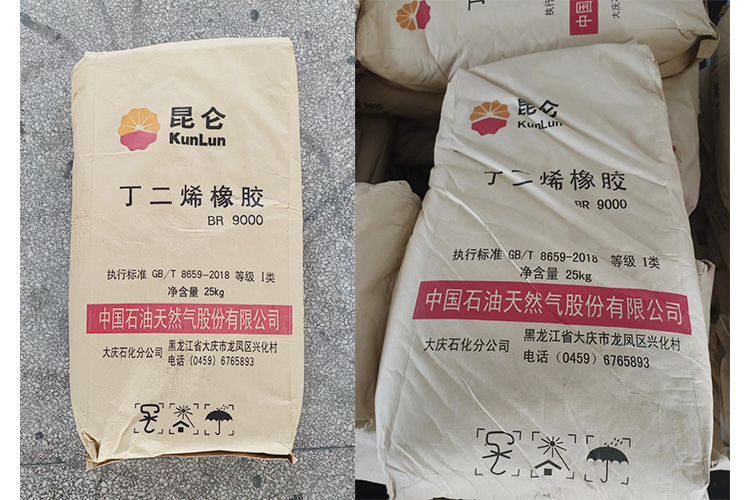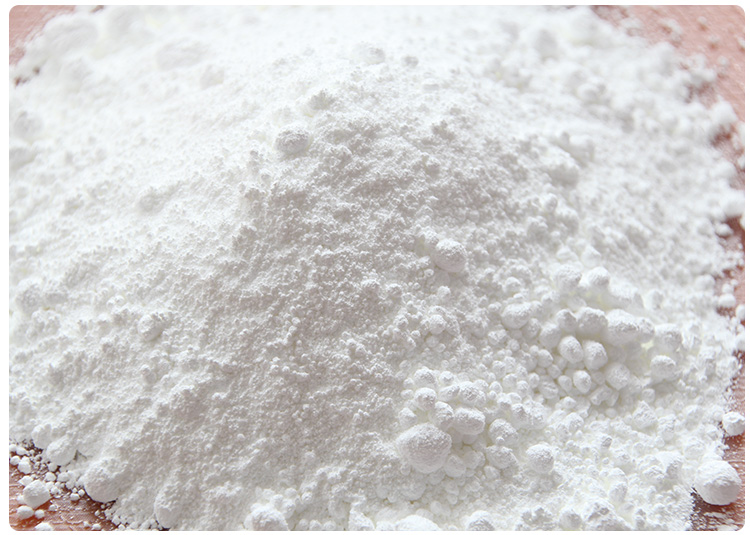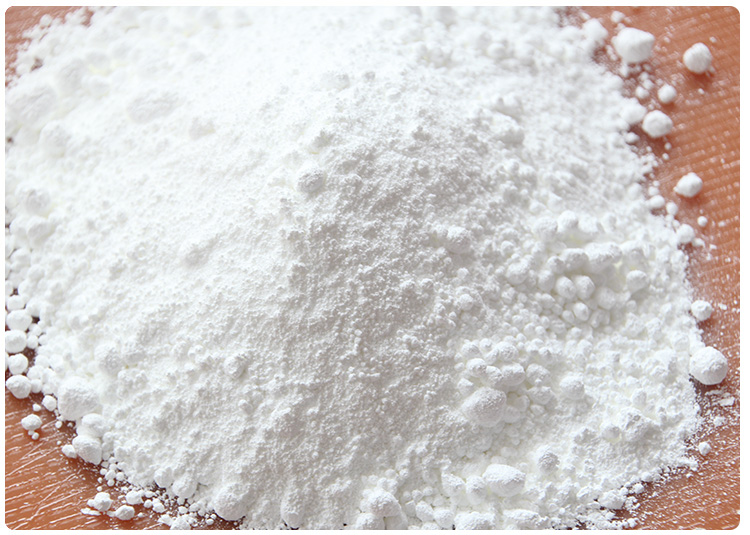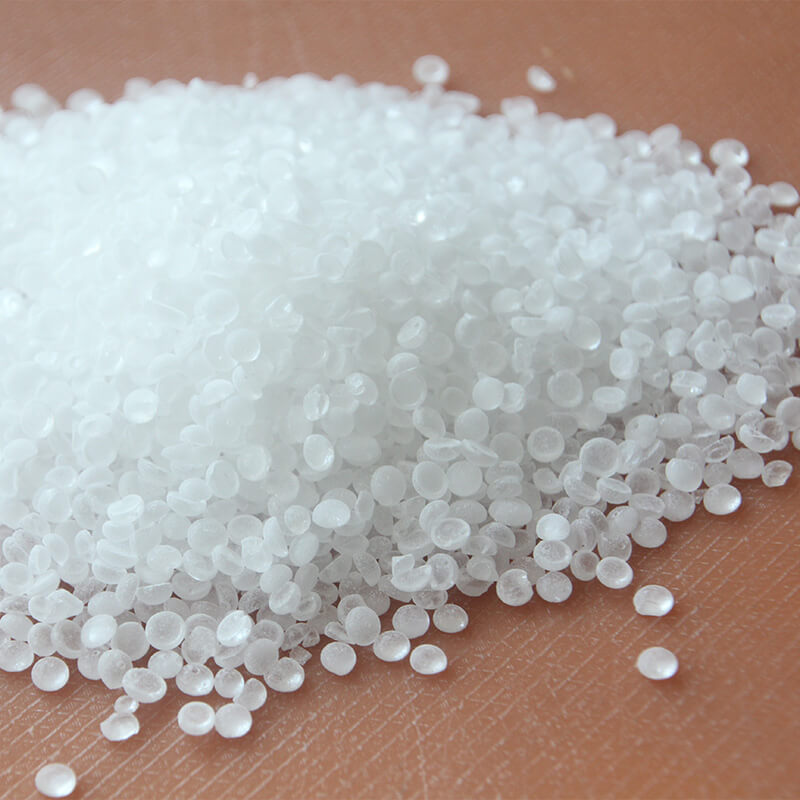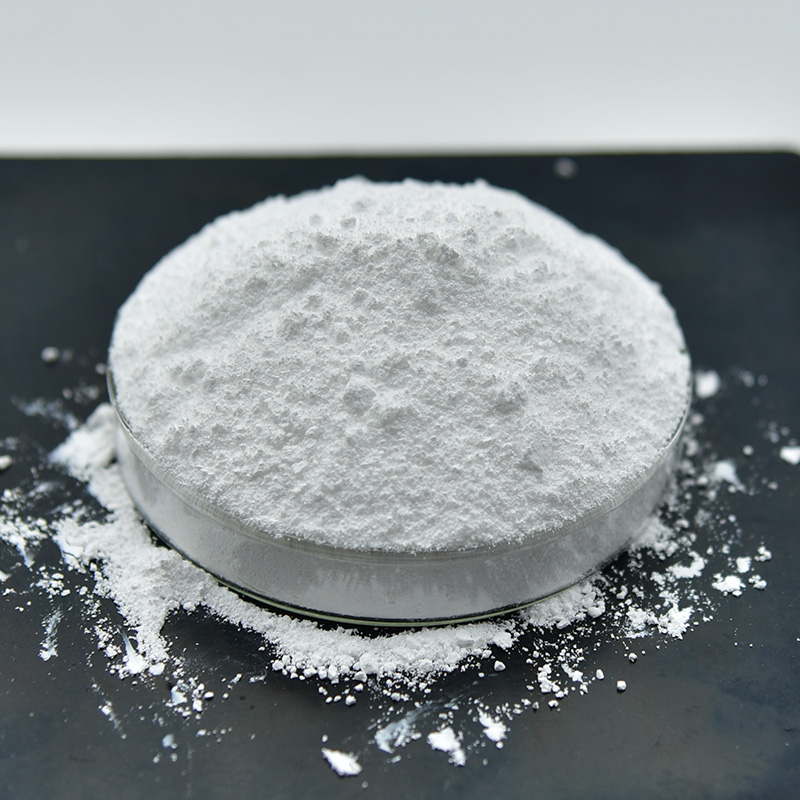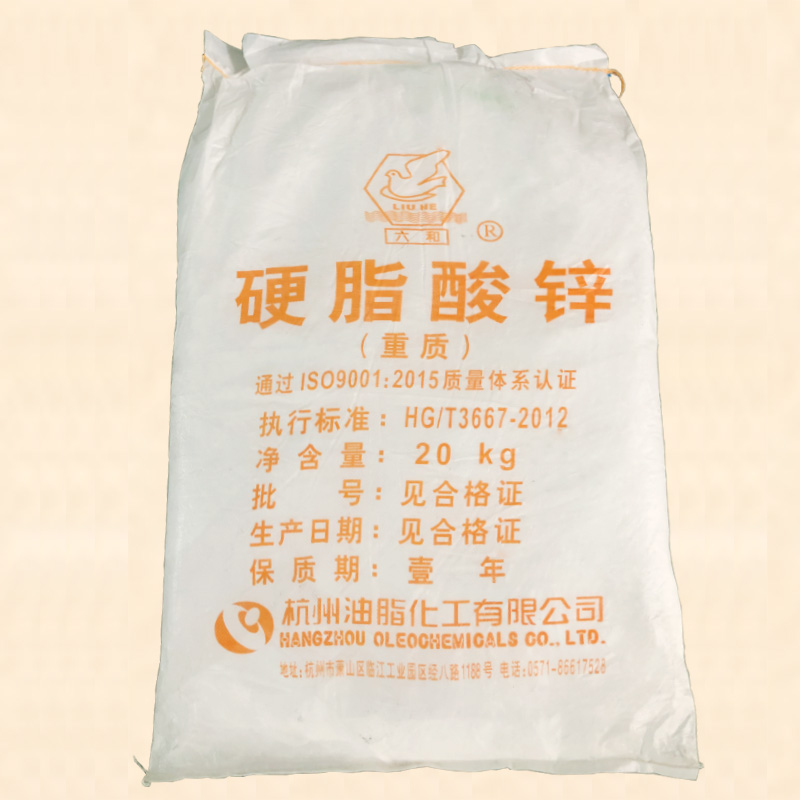Butadiene rubber properties
- Mingpai
- 2024-06-07 14:20:58
Butadiene rubber, specifically cis-1,4-polybutadiene rubber (BR) and styrene-butadiene rubber (SBR), exhibit distinct properties that make them valuable materials across numerous industries. Here are the key properties of each:
Cis-1,4-Polybutadiene Rubber (BR) Properties:
High Elasticity: BR possesses the highest level of elasticity among synthetic rubbers, leading to superior bounce and resilience.
Low Rolling Resistance: Its unique molecular structure reduces hysteresis loss, translating to lower energy dissipation when deformed, which is beneficial for fuel efficiency in tires.
Excellent Wear Resistance: BR demonstrates high durability against abrasive forces, prolonging the lifespan of products like tire treads.
Good Dynamic Properties: It has low heat buildup under dynamic loading, maintaining performance during repetitive stress applications.
Cold Flexibility: With a low glass transition temperature, BR maintains flexibility even at very low temperatures, making it suitable for cold climate applications.
Oil Resistance: It has moderate resistance to oils and hydrocarbons, although not as high as some specialty rubbers.
Processing: Requires specialized handling due to its high viscosity and poor green strength, often requiring additives to improve processability.
Styrene-Butadiene Rubber (SBR) Properties:
Balanced Performance: SBR combines the elasticity of butadiene with the stiffness and wear resistance of styrene, offering a cost-effective alternative to natural rubber.
Tear Strength: Exhibits good to excellent tear resistance, enhancing the durability of products like tires and conveyor belts.
Weather Resistance: SBR is more resistant to weathering and ozone attack compared to natural rubber, extending product life.
Adhesion: It adheres well to various substrates without the need for special adhesion promoters, useful in tire compounds and coatings.
Cost-Effectiveness: Being synthetic, SBR is less expensive than many natural rubbers and offers tunable properties through styrene content adjustment.
Reinforcement Potential: Can be easily compounded with fillers like carbon black or silica to further enhance its physical properties.
Processability: Generally easier to process than BR due to its lower viscosity, facilitating mixing and molding operations.
Both BR and SBR can be further customized through compounding and different polymerization techniques to meet specific performance requirements for their respective applications, making them versatile materials in the rubber industry.
